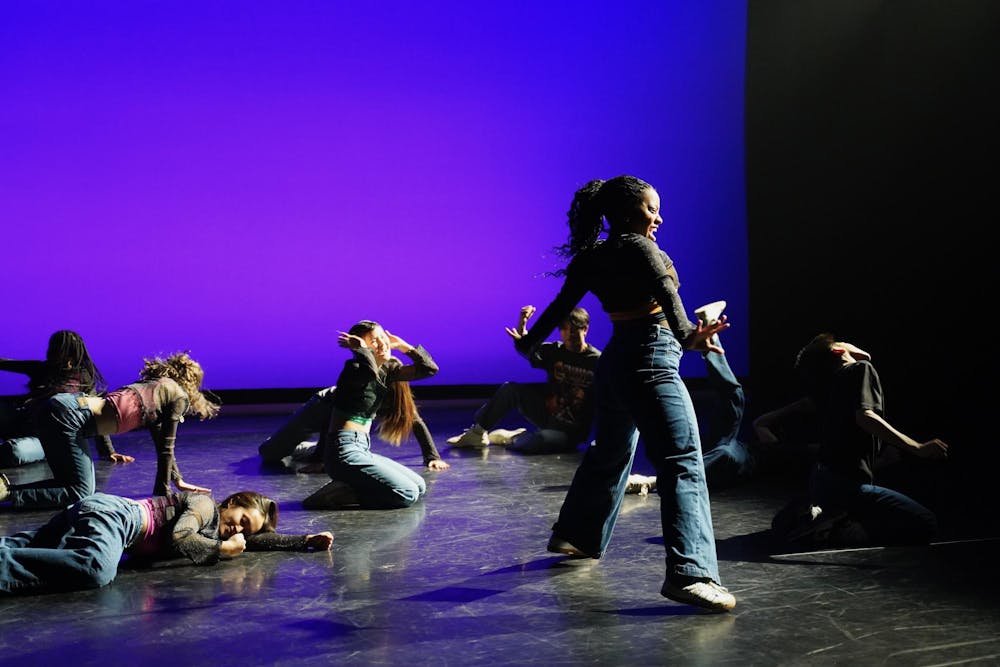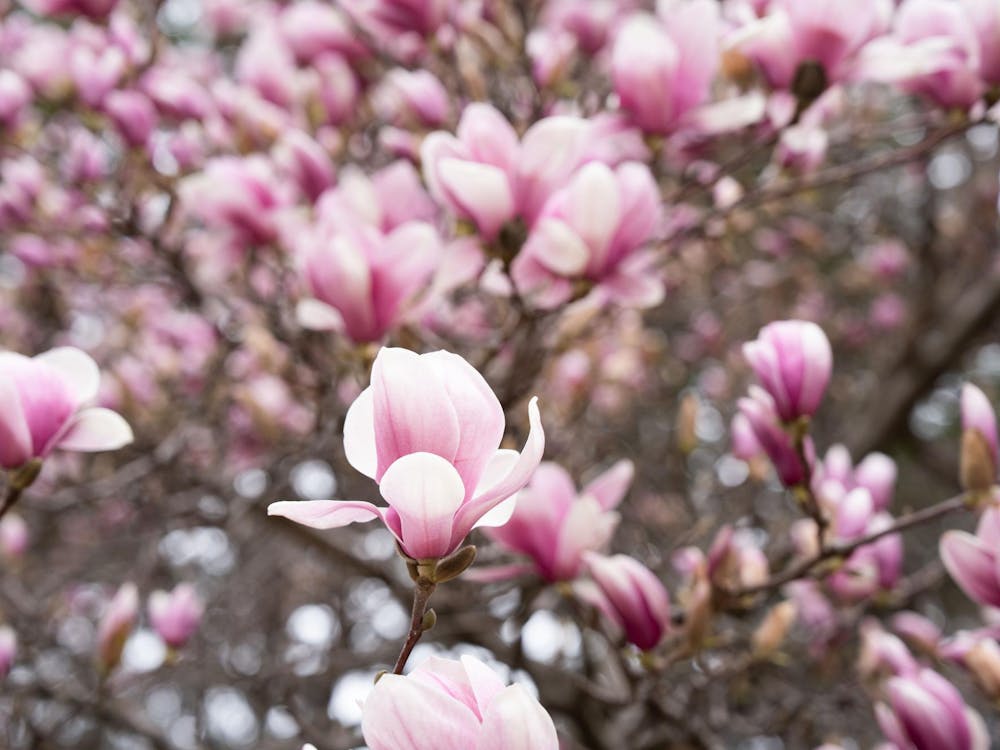If you recently attended Tiger Night — an event hosted to introduce the first-year class to performance groups at Princeton — you might be familiar with the wide range of dance companies on campus. During the first weeks of school, dance groups affiliated with the Performing Arts Council (PAC) hold auditions for prospective members. The fall recruitment period allows incoming first-years and other interested students to meet members of the company, learn choreography, and audition.
However, according to some dance group members, the number of auditionees has been decreasing in recent years, leading to changes in some audition processes.
This year, diSiac, a dance group specializing in hip hop and contemporary styles, switched to a multi-day audition process. The company asked auditionees to come in for the first day to learn either a contemporary or hip-hop combo before being given a video of the choreography to practice on their own. Then, auditionees return to the studio two days later to perform one piece for the audition. diSiac also utilized callbacks in their selection process. For their callbacks, auditionees all learned the same jazz combo and performed it the same day.
DiSiac Artistic Director, Adam Davis ’25, changed the company’s audition process this semester.
“I really want to make sure that we are giving our dancers as fair a chance to look the best they can and feel as good as they can,” he said in an interview with The Daily Princetonian.
Aasha Jain ’26, who auditioned for DiSiac this year, chose to learn and audition with the hip hop combination. When she received a callback, she was excited about the opportunity.
“Personally, I actually found the callback less stressful because there was kind of no pressure to have to practice or have to perfect it, whereas, with one day in between the first round, I was like ‘I have to practice this piece,’” she said.
With a change in the amount of pre-professional dancers in diSiac, Davis wanted to develop a selection process that encouraged dancers from different dance backgrounds to audition.
“Instead of trying to sort of hammer home technique, cleanliness, and professionalism, and feeling everybody else out and sort of working with other people, and being sort of shaped by some people’s conversations, I decided it would be much more fulfilling to focus on community and focus on allowing folks to improve and grow,” he said.
Many dance groups on Princeton’s campus have dancers with a range of dancing experience — from those who have been dancing since they were toddlers to those whose first time dancing is during workshops hosted by many of the groups prior to auditions.
No two audition processes for dance groups at Princeton are exactly alike. Some groups, like the Black Arts Company (BAC), structure their auditions to last one day in which auditionees learn two pieces of choreography during the audition.
“We’ll do a more hard-hitting piece and then a groovier piece, just to reflect the diversity of styles that we perform during shows,” BAC Vice President Trixie Okoye ’26 told the ‘Prince.’ After learning the choreography, auditionees break into smaller groups, where their audition is recorded. These recordings are used so members can watch the videos back to make their selection decisions. During the audition, auditionees get two takes to give them a chance to showcase their choreography retention and personality. BAC also places emphasis on the freestyle section at the end of every piece, looking for members who aren’t afraid to express themselves.

Princeton University Ballet (PUB) hosts auditions in the structure of a typical ballet and pointe class with an extra contemporary immersion component at the end. This involves barre, center, jumps, turns, and pointe work. Everyone participates in pointe, even if they don’t have pointe shoes. During auditions, the company looks for “a strong ballet foundation that can act as the base for artistry and dancers that are able to embody [their] different choreographers’ choreographic visions, try new things, and have that artistic prowess to choreograph themselves eventually,” Makenzie Hymes ’26, PUB’s assistant artistic director, told the ‘Prince.’
PUB dancer, Isabelle Clayton ’25, has also noticed a decrease in auditionees.
“Fewer people have been accepted, but I also think that fewer people have been auditioning,” she said. “Freshman year, I also went to another audition, there were about 150 people in that room and now that same dance company has had about 50 people at their audition this year.”
PUB’s audition process has remained consistent throughout the years, with a central focus on technique.
“It’s not that we are comparing auditionees against each other. We are seeing how auditionees will fit into the current company,” Hymes said. “We could have 20 people audition and 20 people get in if they are able to become a member of our company and feel like it’s an uplifting space.”
While each company’s audition process is tailored to the needs and identity of the group, across the board audition season is coming to a close. New dancers, once accepted, will soon face their next challenge: finding their footing within new ensembles as they prepare for fall performances.
Regina Roberts is an associate editor for The Prospect. She can be reached at rr8156[at]princeton.edu or on Instagram @regina_r17.








